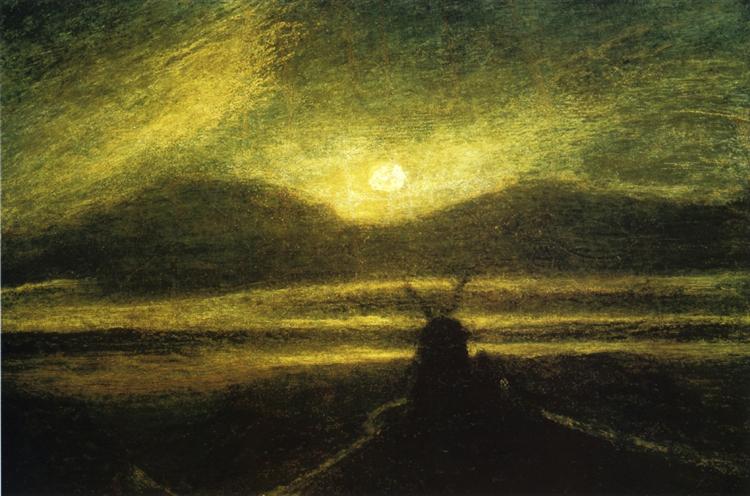There was a time artists had to mix their own oil paints, creating their pigments by grinding colored minerals together with various oils. These days we have the good fortune to have our paint premade, available in tubes. Because of the thick consistency these industrially produced paints have, artists tend to mix them not only with oils, but often with some kind of solvent as well, in a blend referred to as a medium. The solvent assists with flow and drying, the oil is a binder.
I initially used linseed oil and turpentine when oil painting. I’ve heard turpentine can actually be addictive. I remember how I used to feel when I’d unscrew the lid of the glass jar I stored my medium in; there was something of a subtle thrill in the pinesap smell of it. But I soon switched over to mineral spirits, which I heard were better for health reasons.
I now work in acrylics, water based paints. I had many years of breathing solvents, and after the last time I moved my painting studio back into my house, I decided no more.
Painting in oils is demanding. It’s an incredibly versatile medium, but there is an unforgiving technical process to it was well. If the science isn’t followed, the painting will not survive intact. “Fat over lean,” we used to say in art school. What this means is never put faster drying paint on top of a slower drying, oilier paint layer. The leaner paint will crack as the wet layer underneath continues to dry, destroying the painting.
One of my favorite painters, Albert Pinkham Ryder (March 19, 1847-March 28, 1917), did not learn this lesson. And we are all the poorer for it.
By all accounts, Ryder was a shy, reclusive figure. He lived alone in legendary squalor; I’ve read he slept on the floor on a rolled up carpet, surrounded by trash he was too unworldly to even notice. He obsessively labored on his imaginative art, spending years reworking his mysterious nocturnes and seascapes over and over again. At the time of their creation, critics commented on how Ryder’s paintings looked like jewels or minerals; they glowed with a compelling inner light. His simplified and archetypal imagery were very influential on the development of Modern art in America.

